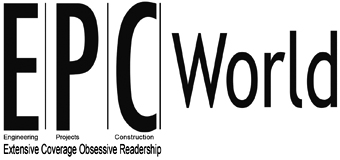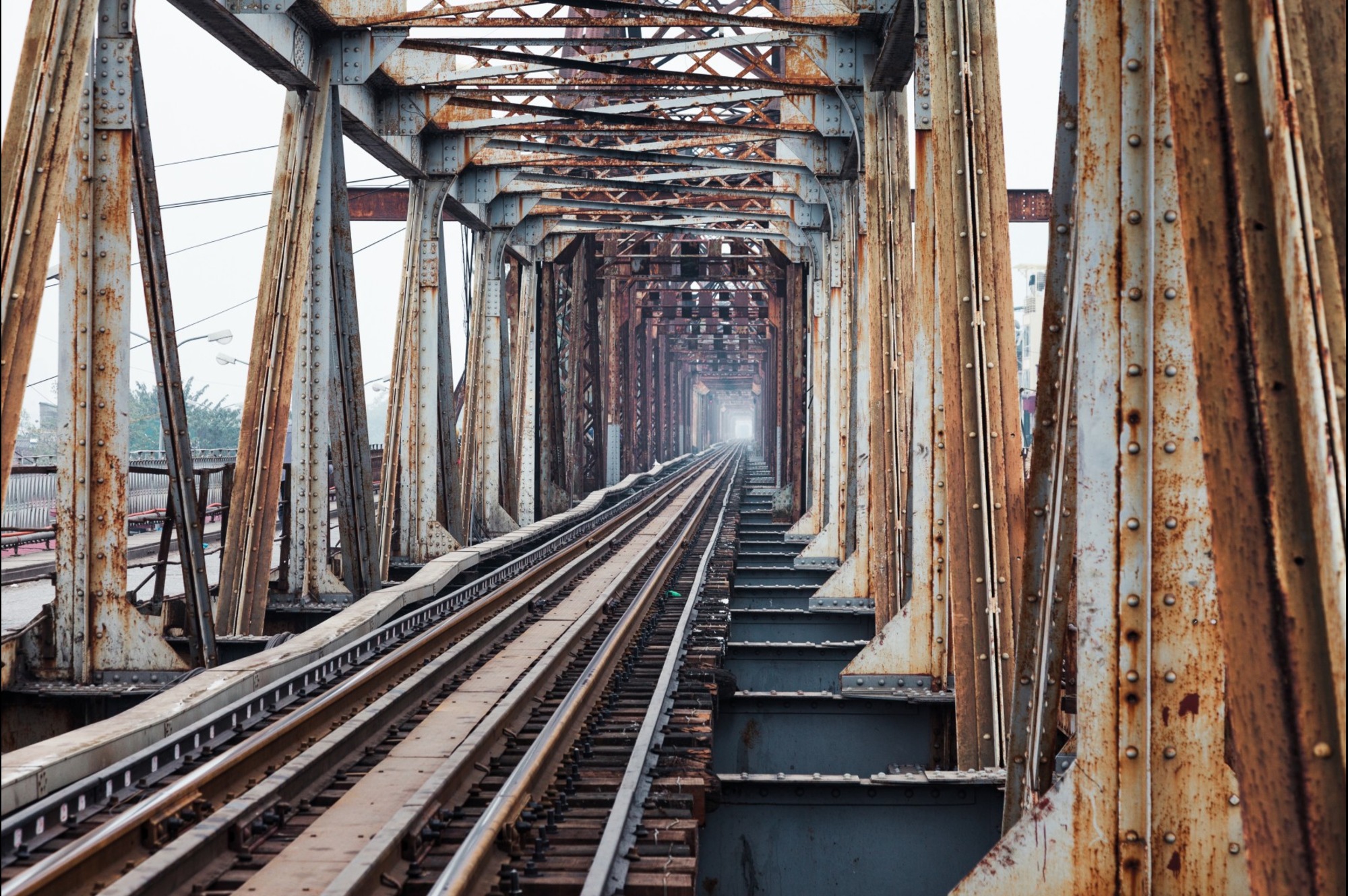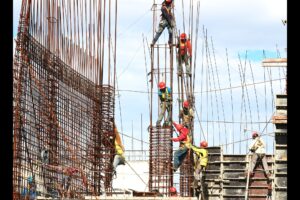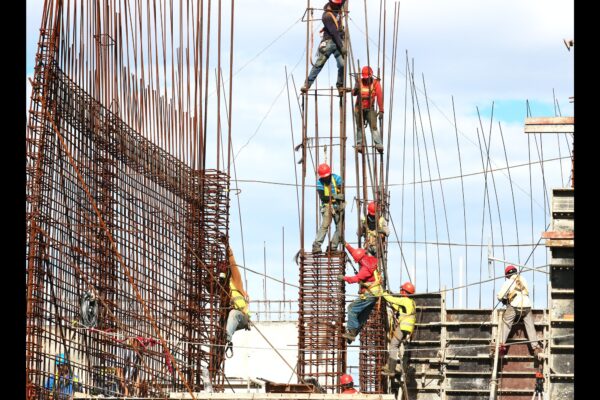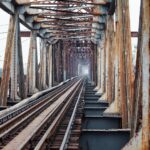Structural resilience starts with Zinc: Galvanizing India’s construction future
Each year, the monsoon season acts as a formidable litmus test for India’s civil and urban infrastructure. Heavy rainfall, lingering humidity and widespread waterlogging create the ideal environment for corrosion, particularly in steel structures that form the backbone of the country’s bridges, buildings and public utilities. These seasonal challenges often expose deeper structural flaws. The case of the Pardi flyover in Nagpur, which showed signs of deterioration during its very first monsoon and the collapse of a section of the Gambhira bridge on the Anand–Vadodara route, are cautionary examples of what happens when durability is compromised.
India’s geography compounds this vulnerability. With more than 7,500 kilometers of coastline and dense urban settlements, a significant portion of national infrastructure is constantly exposed to high moisture and saline air. Each year, weather authorities issue warnings for flooding, prolonged downpours and high humidity, all of which contribute to the rapid onset of steel rust and corrosion. In cities like Mumbai, Chennai and Kolkata, where salt-laden air meets aging infrastructure, steel corrosion is not just a seasonal concern. It becomes a structural threat, quietly weakening the foundations of development and putting both lives and long-term investments at risk.
The financial cost of corrosion is equally serious. According to the International Zinc Association, India loses as much as 5% of its GDP annually due to corrosion-related damage. These losses don’t stop at physical decay. They ripple across the economy through delayed infrastructure projects, rising maintenance costs, service disruptions and declining investor confidence. These are costs the country can no longer afford to ignore.
Fortunately, the solution is well within reach. Zinc galvanization is a science-backed method that offers long-term protection against corrosion. It involves coating steel with a layer of zinc, which forms a protective shield, and is a robust solution successfully applied for more than a century. Even if the surface is scratched or damaged, the zinc continues to act as a sacrificial barrier, corroding in place of the steel beneath. This ensures that the strength and functionality of the structure are preserved. In many environments, galvanization can extend the life of a steel structure to more than 50 years, reducing the need for frequent repairs or replacements.
Zinc galvanization is maintenance free for decades, unlike organic liquid paints that need regular inspection, touch-ups and eventually complete re-painting of the structure. This durability brings significant savings over time. It cuts down ongoing maintenance costs, limits service disruptions and preserves the integrity of infrastructure for generations. It also is a fail-safe solution: since it is maintenance free, structures are not negatively affected if inspection is deferred or forgotten. Galvanized steel also supports more sustainable development, as fewer repairs mean less resource consumption, reduced emissions and less industrial waste. Furthermore, zinc coatings are fully recyclable during the steel recycling process when steel structures are recycled at end of life. It is a safe, smart and sustainable approach to building that supports India’s goal of becoming a global leader in sustainable infrastructure.
Prestigious national projects have already demonstrated the long-term benefits of galvanized steel, whether through galvanized reinforcement steel for reinforced concrete structures, or galvanized construction steel for steel structures. Structures such as the Lotus Temple, the Statue of Unity, the Pradhanmantri Sangrahalaya, Nausena Bhavan, Yashoobhoomi Convention Centre and the Mumbai Sea Link have incorporated zinc-coated structural elements to ensure durability and reduce maintenance demands. In each of these cases, the decision to galvanize was based on both engineering prudence and economic rationale. This simple method has added decades of life to these critical infrastructure projects.
Critical infrastructure such as the electrical power grid, the railway network and the road network rely on the durability of galvanized steel. Institutions such as the Power Grid Corporation of India Limited, Indian Railways and Central Road Research Institute understand that galvanization is the best, maintenance-free and lowest lifecycle cost solution for corrosion protection of steel used in transmission towers, substations, electrified railway tracks and road safety crash barriers.
Despite these clear benefits, zinc galvanization remains underused in Indian infrastructure projects. It is often seen as a premium feature rather than a standard practice. This hesitancy can come at a high cost. The recent road collapse near the Jaipur Railway Metro Station did more than ruin a commuting day — it revealed the broader challenges of aging infrastructure and inadequate material protection in combination with sub-standard or failing corrosion inspection and maintenance. These incidents reflect the broader consequences of underestimating protective technologies and underinvesting in infrastructure resilience.
The gap is not in technology but in planning and awareness. It is time for developers, contractors and policymakers to recognize the need to adopt a preventive mindset rather than waiting for failures to force action. As increasingly erratic weather patterns, flash floods and urban expansion place more demand on India’s infrastructure, upgrading our construction standards with zinc galvanization can provide immediate and scalable benefits. This is about aligning with global best practices while safeguarding local realities and long-term investments.
India’s per capita zinc consumption currently stands at just 0.5 kilograms, significantly below the global average of 4 kilograms. In developed regions such as Europe, South Korea and the United States, per capita use of zinc often exceeds 6 kilograms. This stark contrast reflects the need for India to scale up its zinc utilization in line with global standards not only to improve asset longevity but also to enhance economic competitiveness.
In a country where monsoons are inevitable, corrosion should not be. Infrastructure must be built not just to meet the needs of today but to withstand the climate challenges of tomorrow. The time has come to prioritize corrosion protection as a national imperative. To build a stronger India, we must start by prioritize the metals that holds it all together.
Tags
